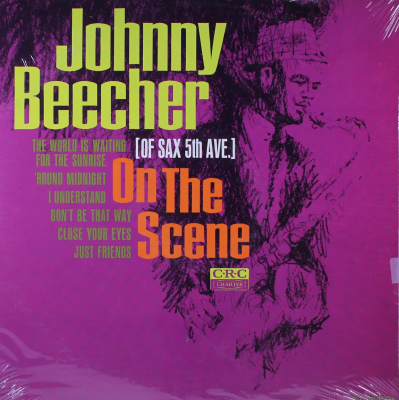BLACK SONG FOR BILLIE HOLIDAY
The night the blue saxophones died
You still remain in the spotlight’s ivory heat
A riddle that puzzles the heart
Snatching from the soil of catastrophe
A nugget of perfect sound
Glowing like an iridescent candle
You breathe life into an embryo of song
Your eyes whisper a regal lament
That startles the heart
Yours was no Bourbon Street funeral.
HIV
We have an interest in raw hearts
They’re community property
When ambulance sirens slice
The air and medics unload their cargo
We own stock in Molokai
Where we’ll make a trophy of that Cyclops
Whose eye we pluck as one.
ESPERANTO
Your eyes beckon like the sea
Where anemones whisper of flesh
And purple fields,
We tread water on a smile
Verbs are traps, you deputize
Finger tips, breakwaters for swells
Too strong to crest
At their appointed hour.
JANUS
This sunflower
Whose roots pound against the dime store pot
Like the fists of babies trapped
In amniotic sacs
Longing for transplantation, light, and love
You are this.
This cyclamen
Enshrined in the sink like a recluse
Sipping with fastidious discipline
Stray drops of tap water
Shrinking from the sun’s assault
You are this.
OVER THE EDGE
Sometimes all it takes
Is a small moment
A gnat circling the ear lobe
Like a bomber at Nagasaki
Birthday cards sent to friends
Who received them like stars
Forever punctual in a Tahitian sky
The smile in the morning mirror
Carved into apple cheeks
And offered with eagerness to every passerby
Phone messages mounting
To a dull crescendo no one hears
Till midnight, when the stone
Rolls into the sea and the muzzle
In the mouth explodes.
DEFACING MOUNT RUSHMORE
You want to carve Coolidge
Next to the Great Emancipator
Or whatever the fans at Ford’s called him
After he was shot
Ol’ Cal would be better than Warren G
But imagine him at San Juan Hill
Holed up at Valley Forge
Or sweating out the last 10 lines of the Declaration
We’re down to Hoover
Eisenhower and Ford
But they didn’t plant a putting green
On the plains of Monticello
Or tighten their belts in the Continental Congress
We could carve him cutting school lunches
Slipping a grenade to a Contra
Or kissing the tomb of a Luftwaffe ace at Bitborg.
BEACHING THE POD
Only two remain alive today
Some say they’re false
Black Pacific baleens
Half starved and dry
With parasites fawning
On the small intestine
Wheezing like old vagrants with catarrh
They paw the sand with impotent flippers
In a world too heavy to hold
Where blowholes sag
And stomachs implode
Where victory is not to the great of heart.
TRACKING THE FLORIDA PANTHER
The Fish and Game Commission christened him #10
They gave him a radio collar for a birthday present
He’s one of 20 now
A mama’s boy the trackers say
Reluctant to snare the armadillo or devour the fawn
Wary of his mother’s breeding
When her mate arrives
She’ll drive him from the Strand
Demand he win his way alone
Wolfe claimed you can’t go home again
When the point’s not going or coming
But learning how to leave.
THE SONG OF POPUL VUH
At first there was no chant
Only calm and stillness
A vast dome
Dark and empty
Motionless and silent
In the night
We offered young blood to the gods
To insure the best
A place in heaven
We beheaded the vanquished warrior
So he would not eat salt
In a dry season
Our legacy lives
In the streets of San Salvador
The swamps of Honduras
A jungle in Guatemala
The Contras bear our banner
The Sandanistas invoke our name.
About Suzanne Richardson Harvey
Dr. Harvey is a member of the Academy of American Poets. For almost two decades she lectured in the English Department at Stanford University, and for almost a decade was an instructor in the Publishing Program at the University of California at Berkeley Extension.
Prior to that, she was an instructor at Tufts University in the Boston area, where she received her doctorate in Elizabethan poetry, specifically that of Edmund Spenser. Now in retirement, she was recently active in teaching at Emeritus College (continuing education for older adults) in the San Francisco Bay Area for almost a decade.
































